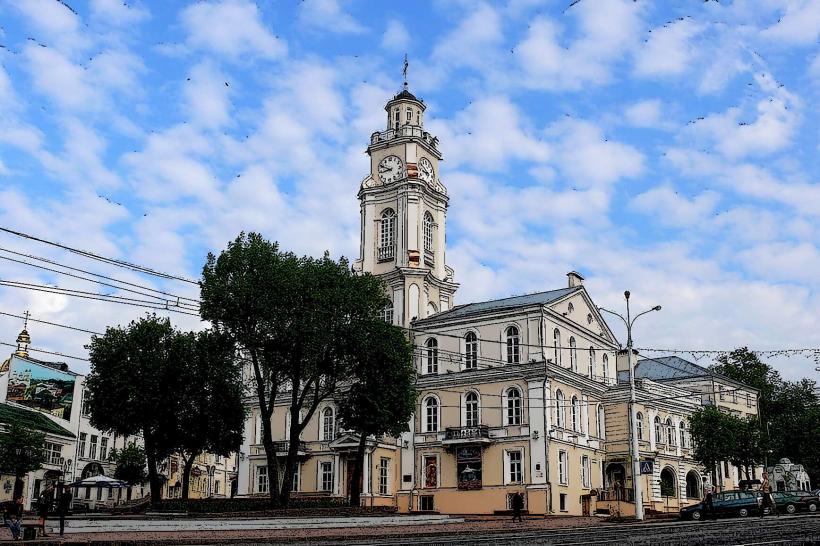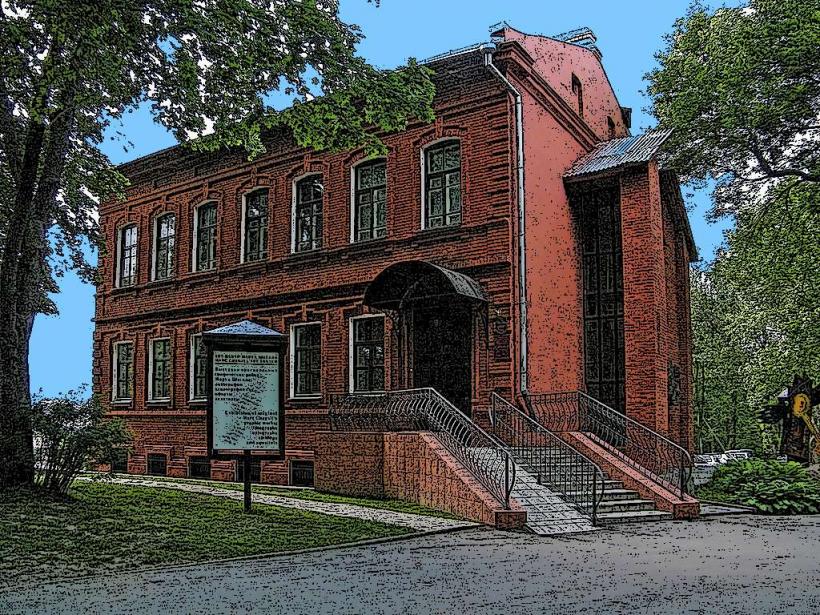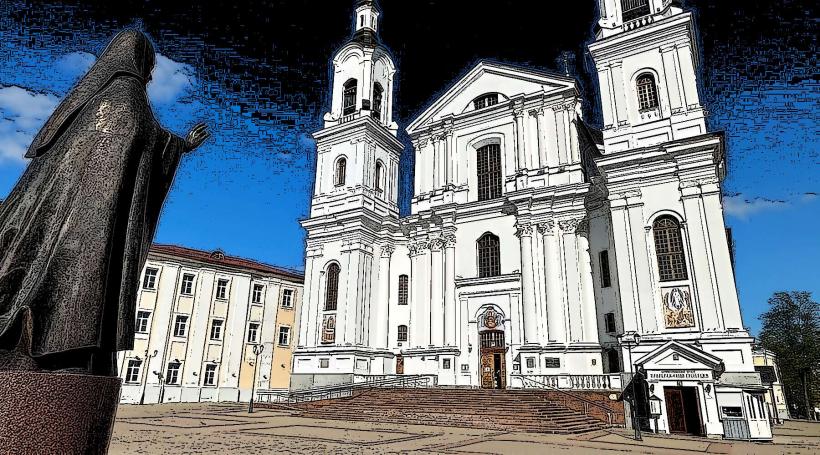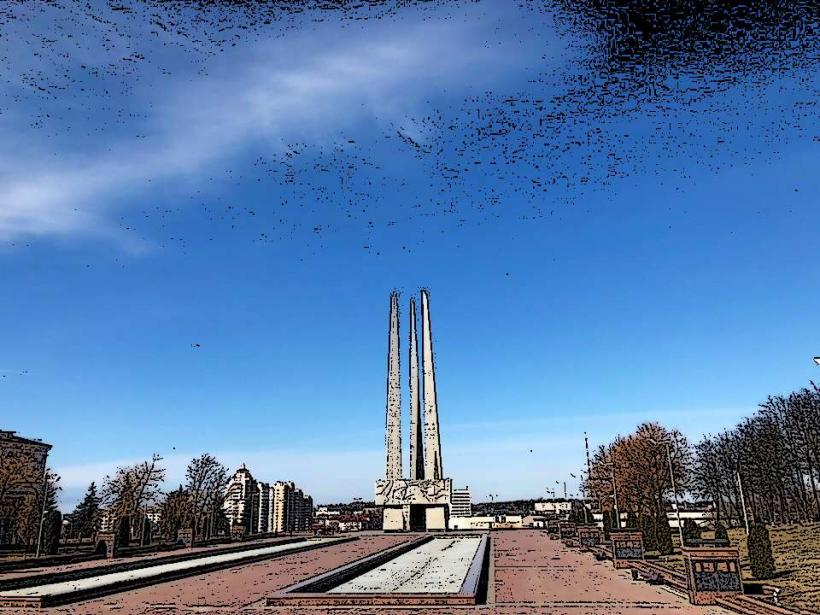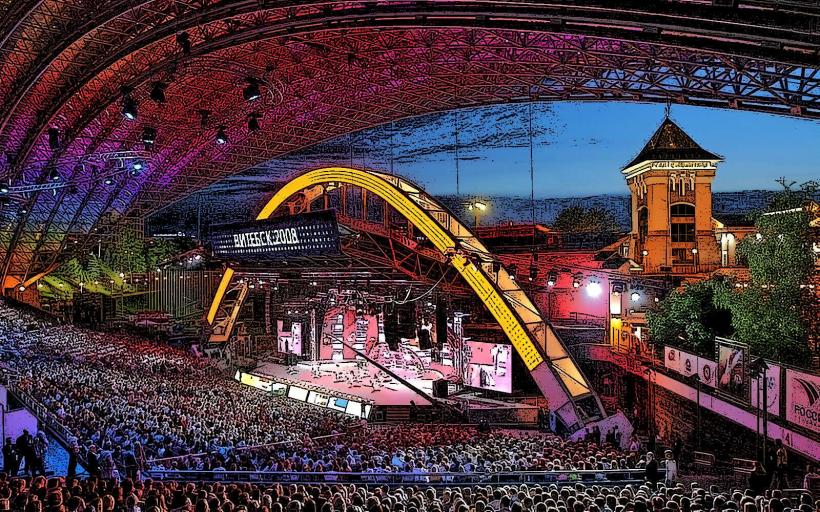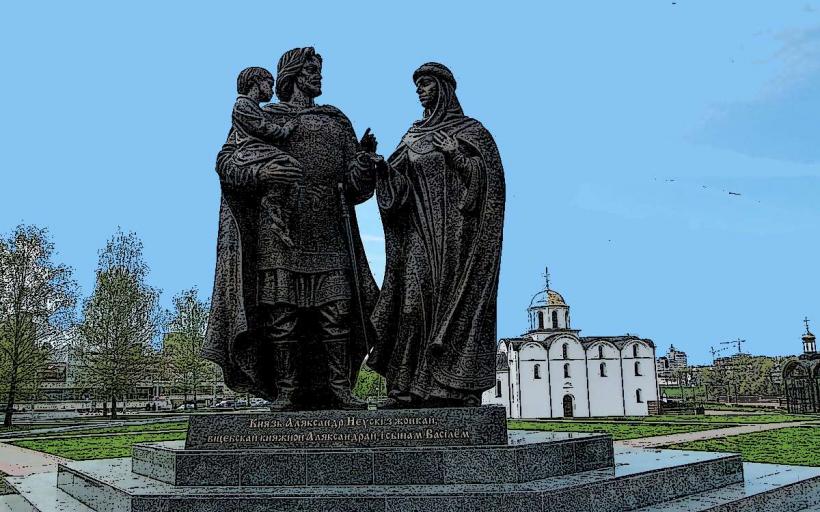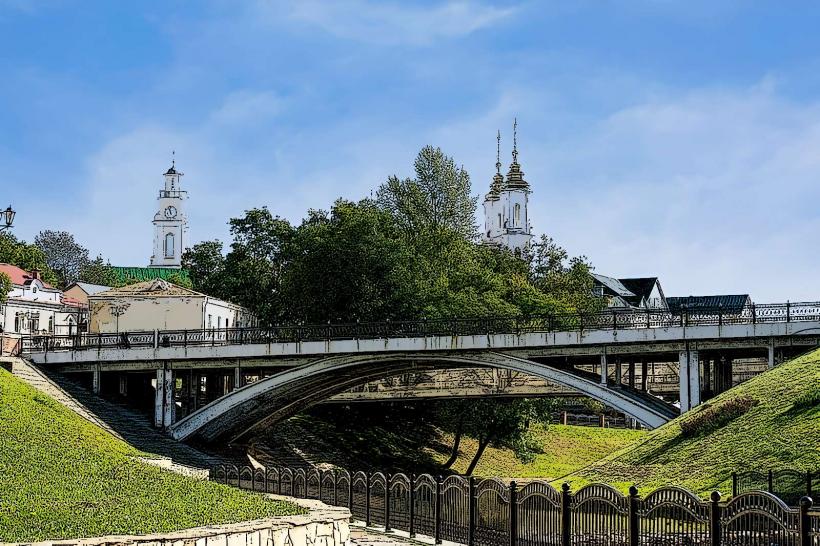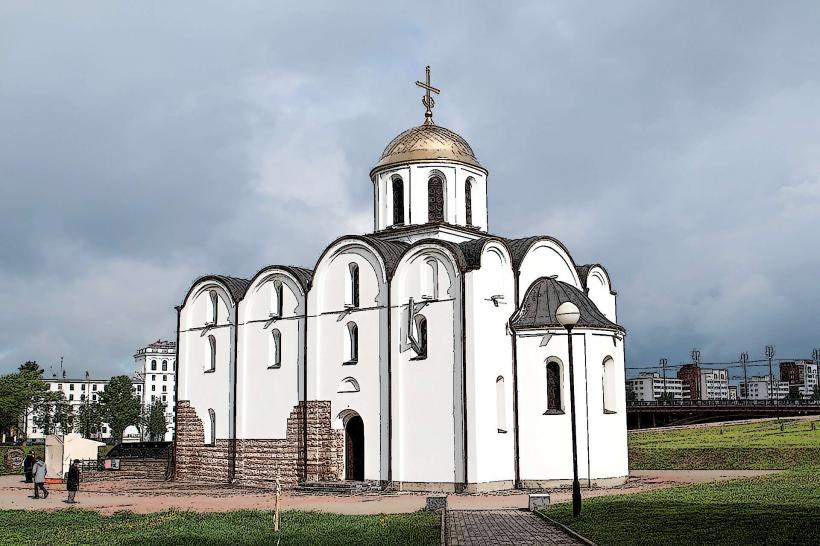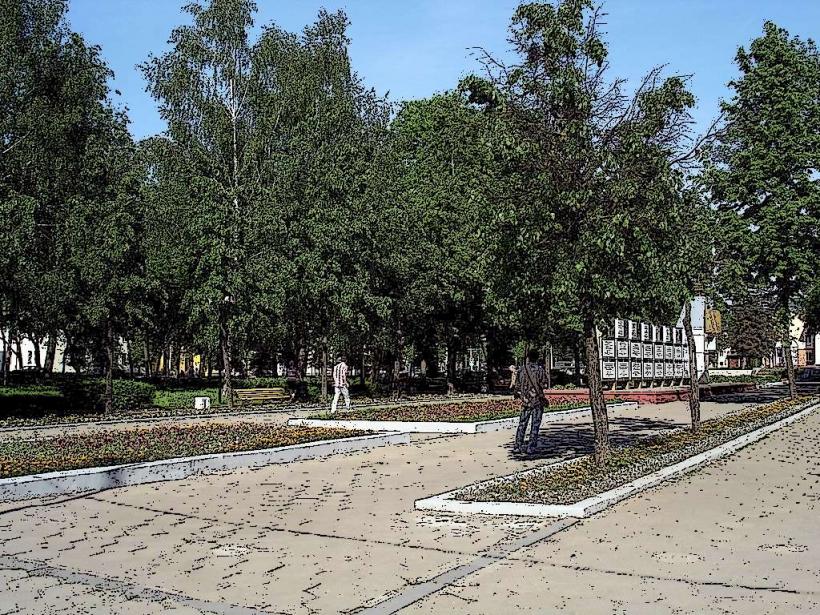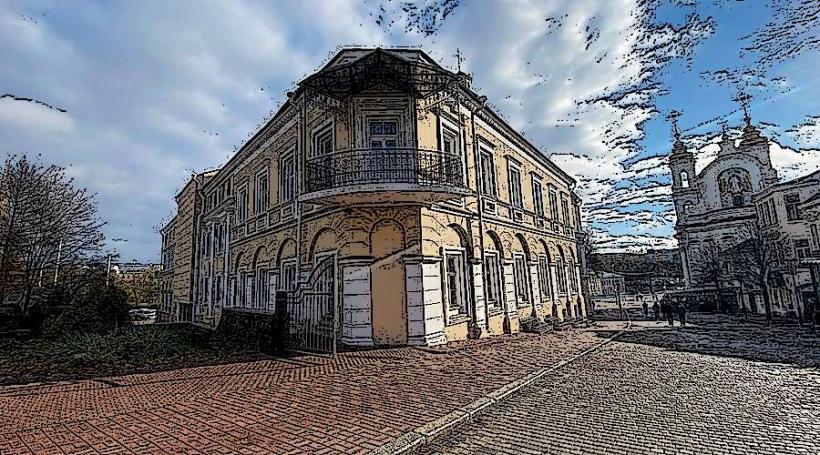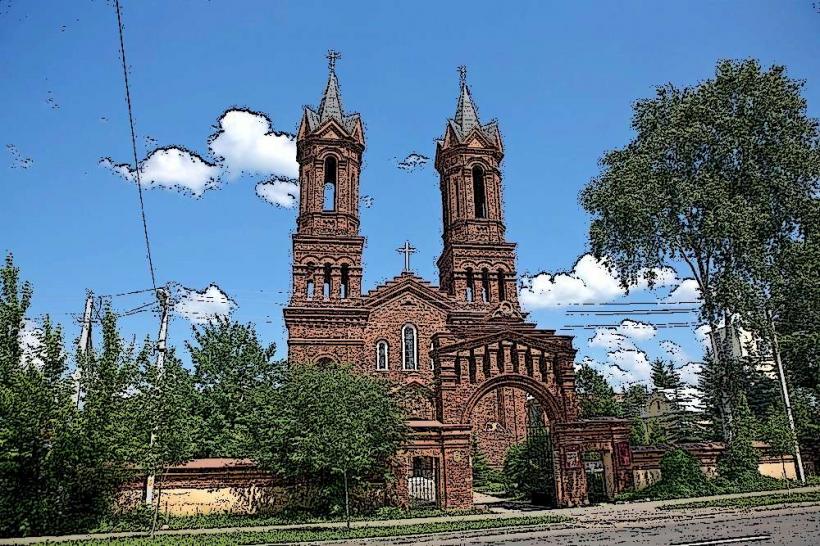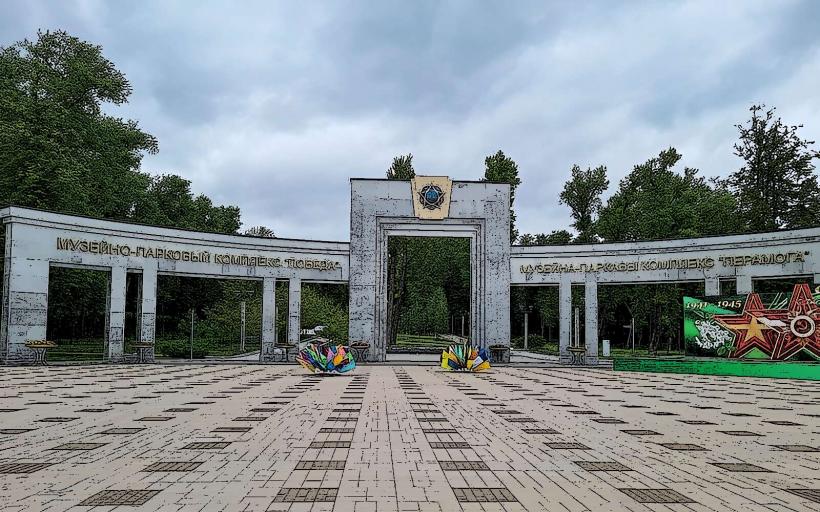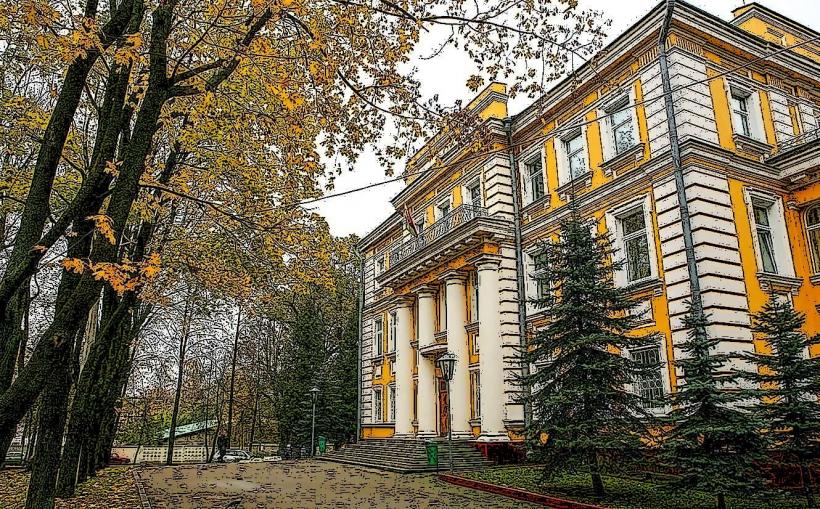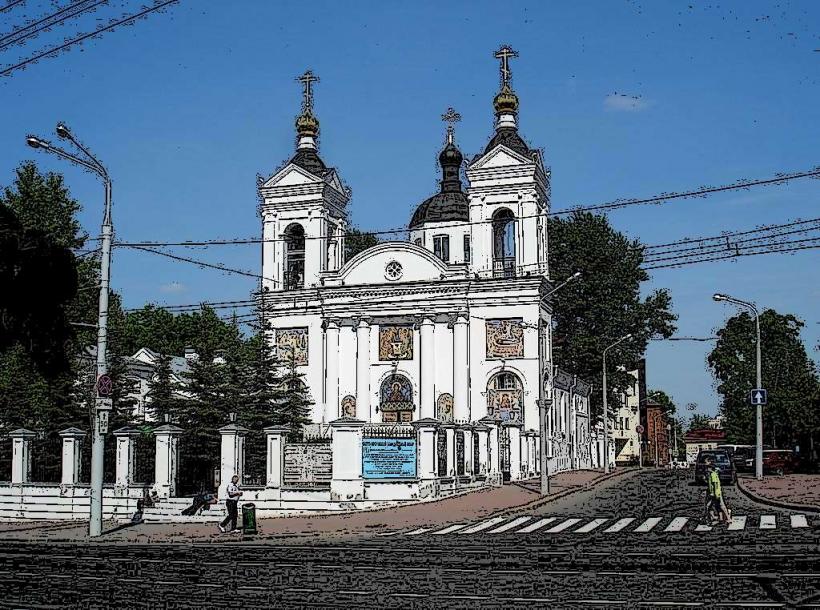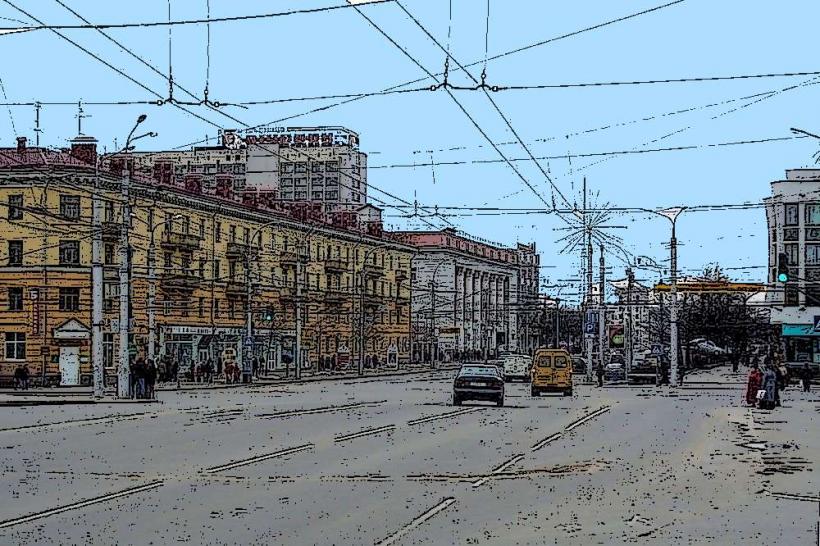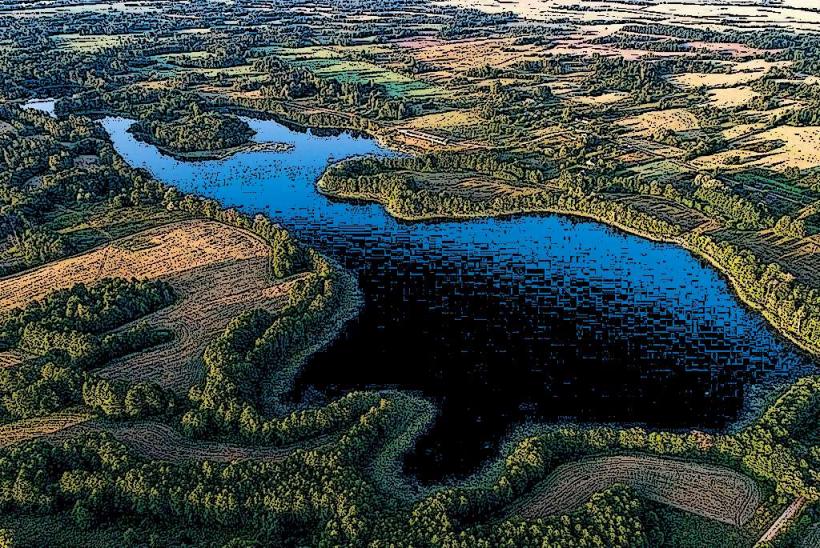Information
Landmark: Museum of History of Private CollectionsCity: Vitebsk
Country: Belarus
Continent: Europe
The Museum of the History of Private Collections in Vitebsk, Belarus, is a unique institution that focuses on the preservation and exhibition of private collections, offering visitors a fascinating glimpse into the personal treasures and cultural artifacts accumulated over time by individuals and families. The museum is dedicated to the history of private collectors and the role they have played in preserving and sharing cultural heritage.
Historical Background
The Museum of the History of Private Collections was established to recognize the important contributions of private collectors in the cultural landscape of Vitebsk and beyond. Private collections have long been an essential part of the cultural fabric of Belarus, as they have often preserved artifacts and artworks that may not have been otherwise accessible to the public.
The museum showcases the efforts of various individuals who, through their passion for art, history, or archaeology, have accumulated valuable items over the years. The museum serves as a platform for these collections, offering them a place for public display and providing insight into the diverse interests and cultural contexts of the collectors.
Exhibitions and Collections
The museum is home to a wide variety of exhibits, reflecting the diverse interests of private collectors. Some of the key types of collections featured in the museum include:
Fine Art Collections:
- The museum features paintings, sculptures, and drawings by both well-known and lesser-known artists. These artworks often come from private collections that have been carefully curated over time.
- Some of the artworks focus on local Belarusian artists, while others may represent European or Russian artistic traditions. The variety of styles, periods, and mediums reflects the broad tastes of the collectors.
Historical Artifacts:
- The museum also displays historical artifacts, such as ancient coins, tools, and personal items from different periods of Belarusian history. These objects have often been gathered from various sources, including family estates, archaeological digs, and private sales.
- The collections help to shed light on the daily lives, traditions, and cultures of past generations.
Archaeological Finds:
- Some exhibitions focus on archaeological discoveries, showcasing items that have been preserved from ancient civilizations. These could include pottery, weapons, jewelry, and other artifacts found in Belarus and surrounding regions.
- These finds offer valuable insight into the ancient cultures that once inhabited the area, providing a historical context for modern-day Vitebsk.
Ethnographic Collections:
- The museum features collections related to the ethnographic history of Belarus, including folk art, traditional clothing, household items, and tools. These exhibits reflect the cultural practices and lifestyles of various regions within Belarus.
- Ethnographic collections give visitors a deeper understanding of the daily lives and customs of the people who lived in Belarus through the centuries.
Rare Books and Manuscripts:
- Another significant component of the museum is its collection of rare books, manuscripts, and documents, many of which are extremely valuable from both a historical and cultural perspective. These may include literary works, religious texts, and historical documents that have been carefully preserved by collectors.
- The rare book collection is a testament to the importance of preserving written knowledge and the intellectual history of Belarus.
Curated Temporary Exhibitions:
- In addition to its permanent collections, the museum often hosts temporary exhibitions that focus on specific themes or collectors. These exhibitions may showcase the works of individual collectors or highlight specific periods or styles of art and history.
- The museum's temporary exhibitions offer visitors the chance to experience new and diverse collections that may not be on display for long.
Cultural and Educational Role
The Museum of the History of Private Collections plays an important role in both cultural preservation and education. It provides a platform for private collectors to share their personal histories and the stories behind their collections. The museum also serves as a space for learning, offering visitors the opportunity to engage with the objects on display and learn more about the cultural and historical context of each collection.
Educational Programs: The museum offers educational programs for students, scholars, and the general public. These programs may include guided tours, lectures, and workshops designed to enhance visitors' understanding of the collections and their historical significance.
Cultural Preservation: By showcasing private collections, the museum helps preserve cultural heritage that might otherwise remain hidden or unrecognized. Many private collections are at risk of being dispersed or lost, but by bringing them together in a museum setting, they are safeguarded for future generations.
Public Engagement: The museum serves as a cultural hub where people can come together to appreciate the diversity of human creativity and historical exploration. It offers a space for people to interact with history and art in a personal and intimate way.
Architectural and Visitor Experience
The museum is located in a historically significant building, adding to its overall cultural impact. The building itself is often part of the attraction, with its architecture reflecting the city’s historical and cultural heritage.
- Interior Layout: The museum's interior is designed to be both functional and aesthetically pleasing. Exhibits are displayed in a way that allows visitors to appreciate the individual pieces while providing enough context to understand their historical and cultural importance.
- Accessibility: The museum is designed to be accessible to a wide range of visitors, including those with disabilities. Its exhibitions are displayed in an organized manner, making it easy for guests to navigate and explore at their own pace.
Visiting the Museum
- Location: The Museum of the History of Private Collections is located in Vitebsk, within walking distance from other key landmarks of the city. Its central location makes it an ideal stop for those exploring the cultural heart of Vitebsk.
- Opening Hours: The museum typically operates during regular hours, with extended hours during special events or exhibitions. Visitors are encouraged to check the museum’s website or local listings for the latest schedule.
- Admission: Entrance fees are usually required to visit the museum, with discounts available for students, children, and seniors. Special events or temporary exhibitions may have different ticket pricing.
- Guided Tours: The museum often offers guided tours in multiple languages, including Russian and Belarusian, providing visitors with in-depth explanations of the collections and their historical context.
Conclusion
The Museum of the History of Private Collections in Vitebsk offers a unique and valuable opportunity to explore the personal and cultural treasures collected over time. Through its diverse exhibitions of fine art, historical artifacts, archaeological finds, and rare manuscripts, the museum not only celebrates individual collectors but also enriches the cultural landscape of Belarus. It provides visitors with a chance to learn about the country’s rich history and heritage, while also fostering a deeper appreciation for the role of private collections in preserving culture.

